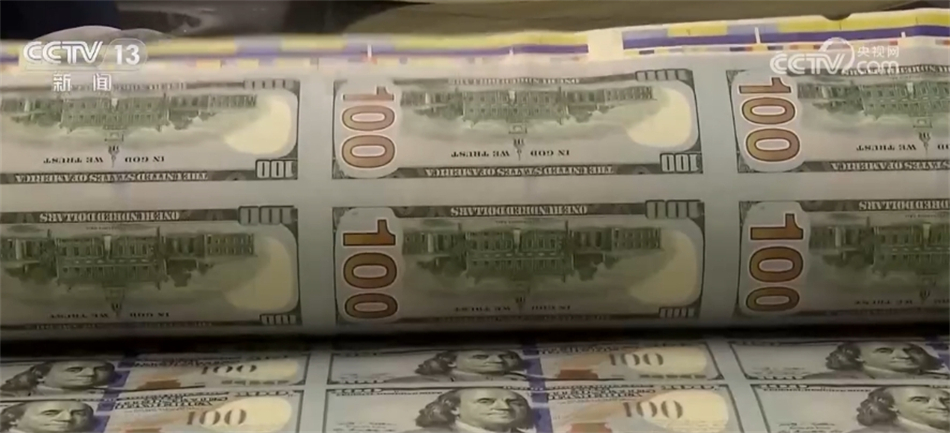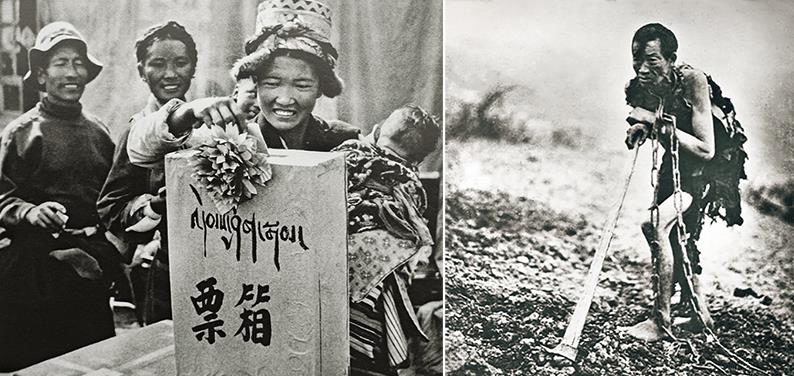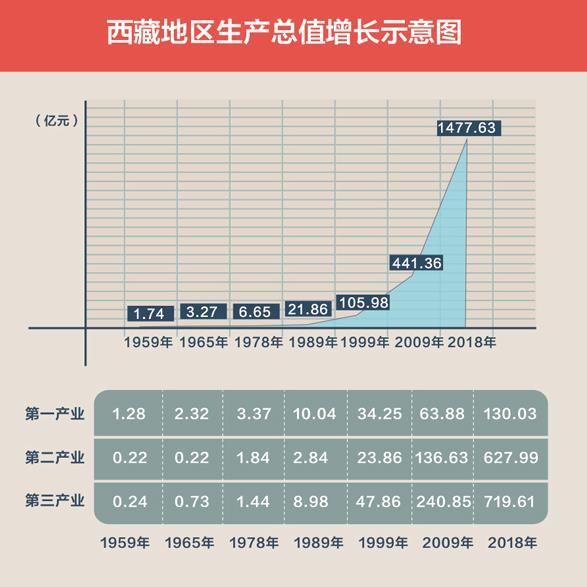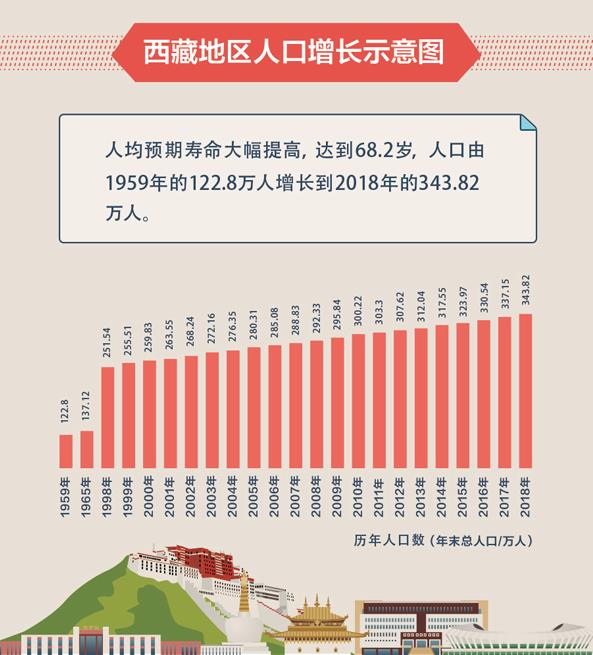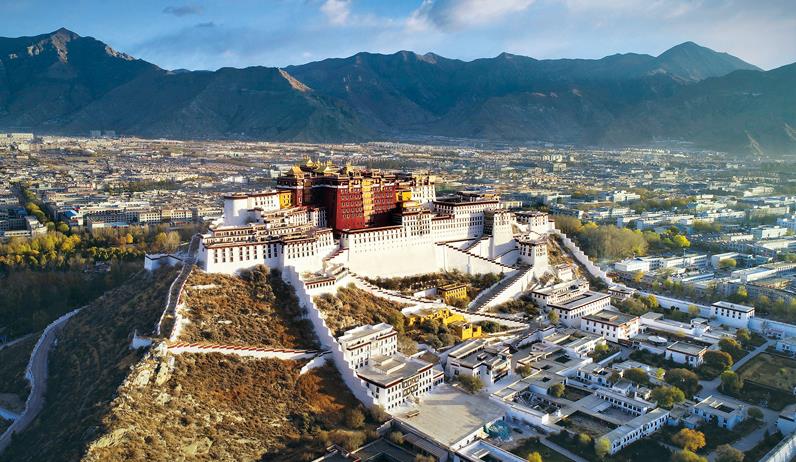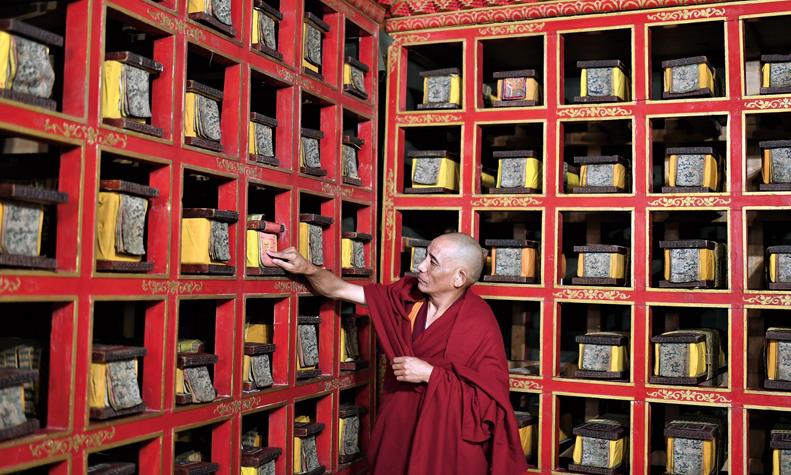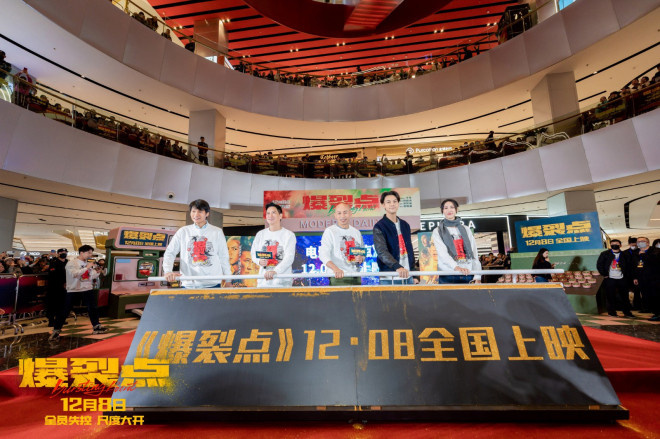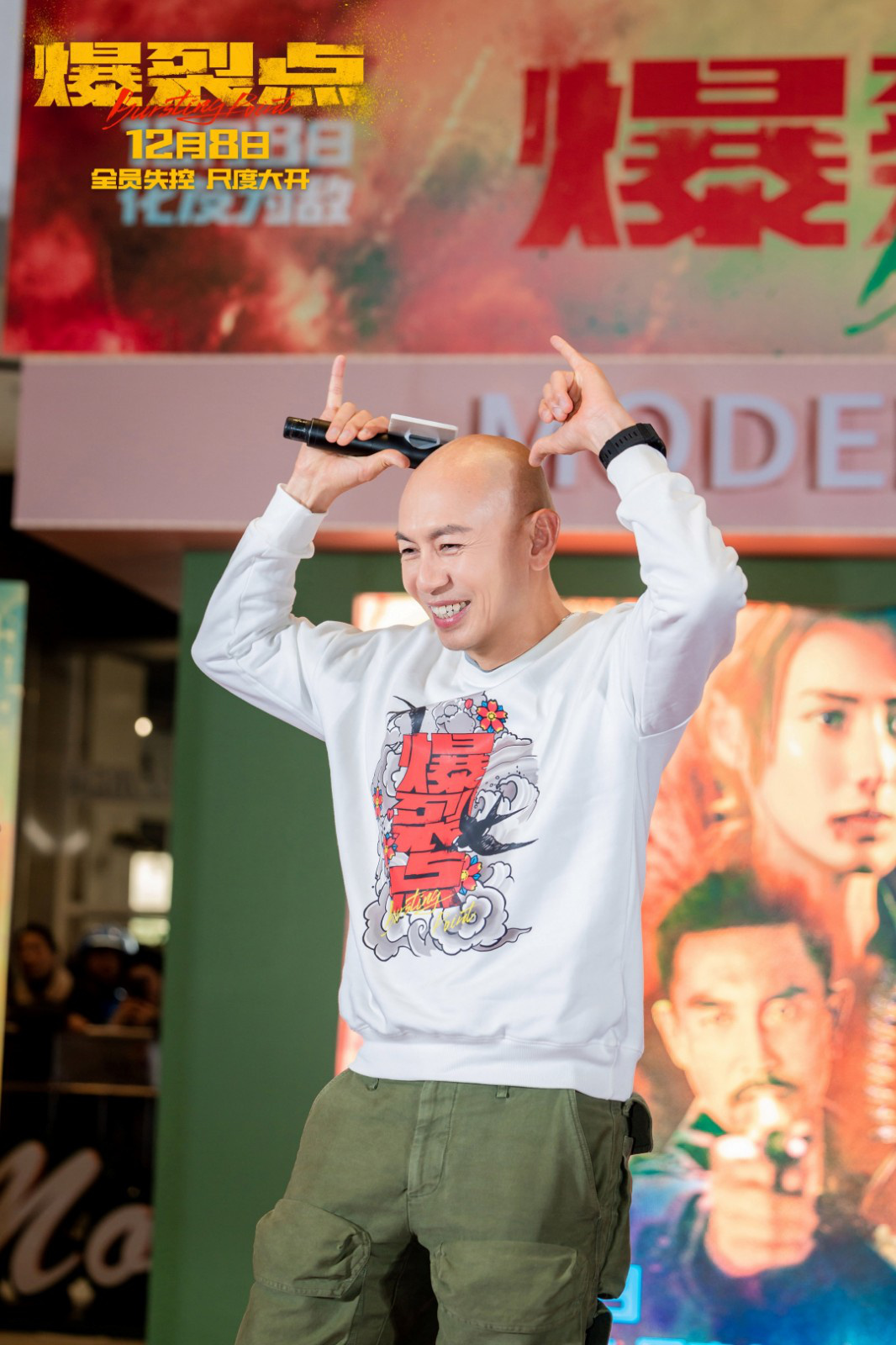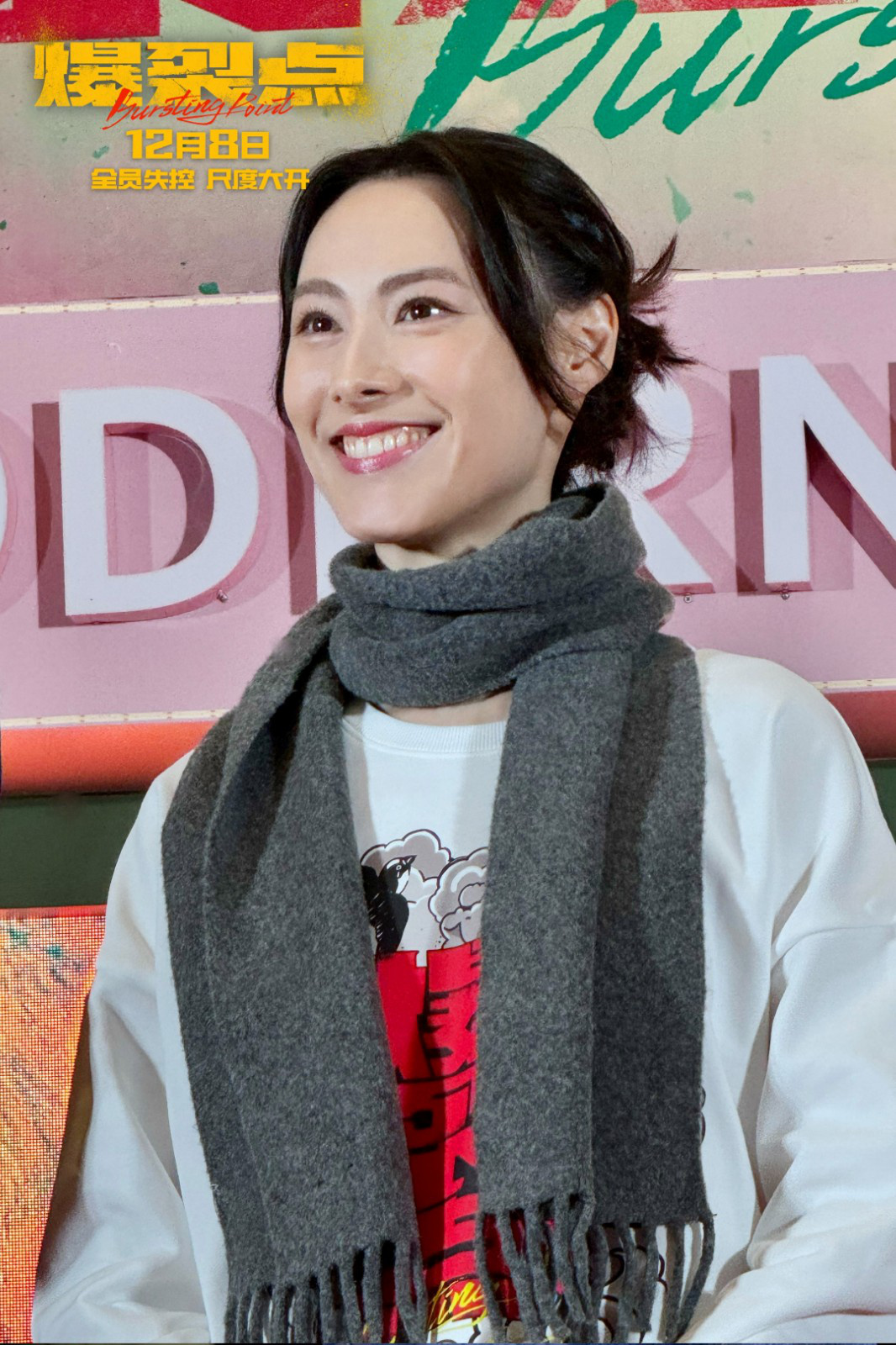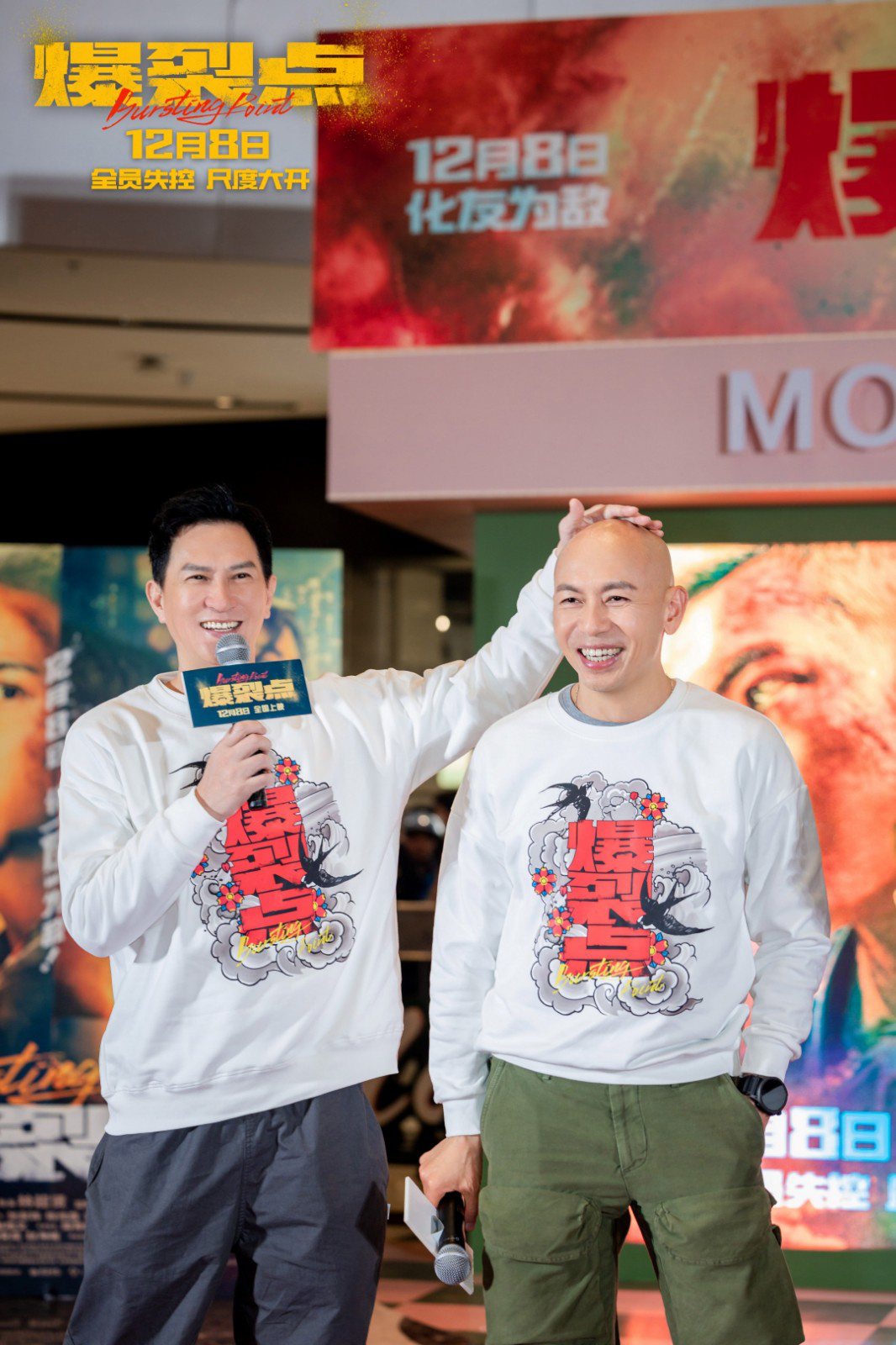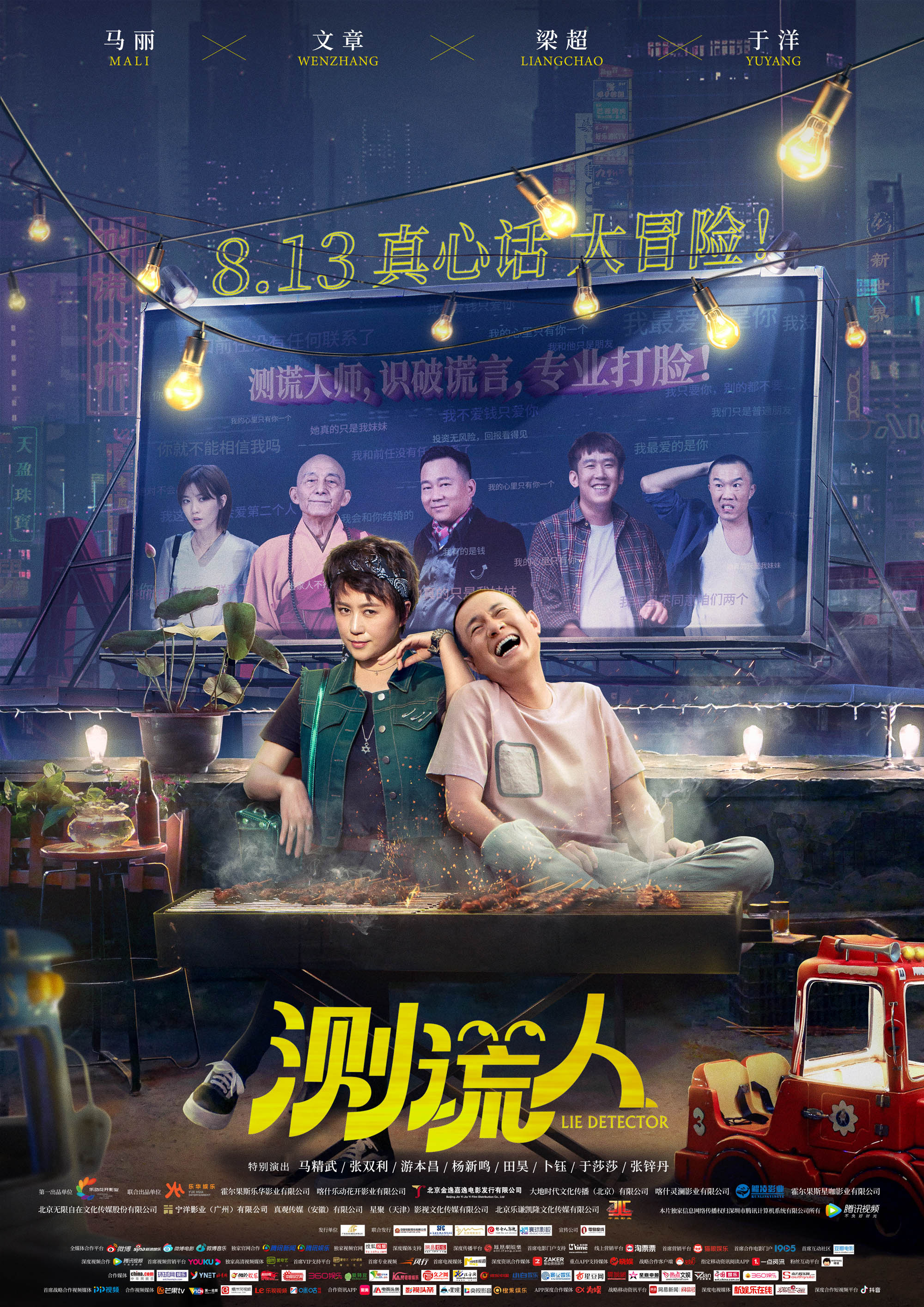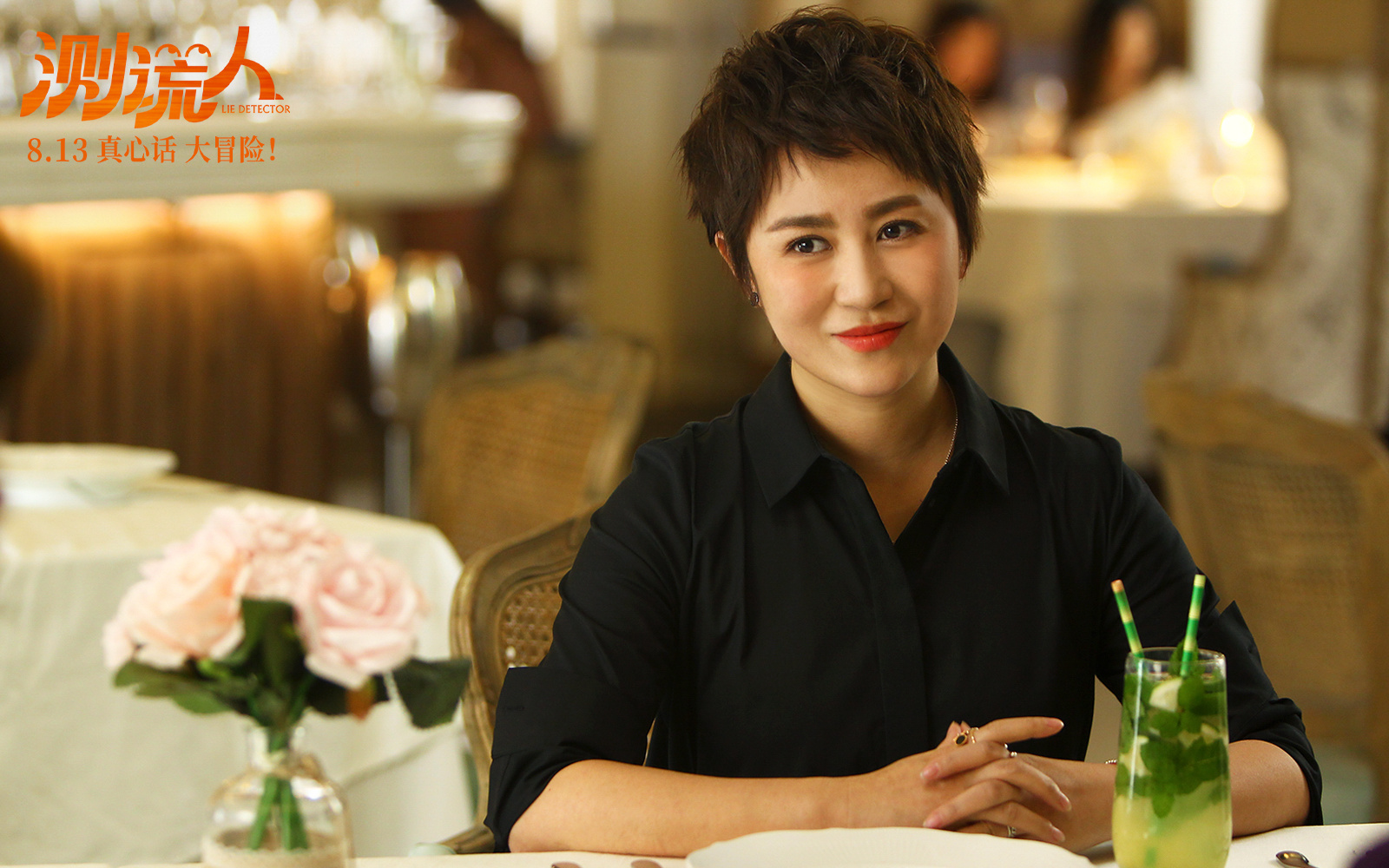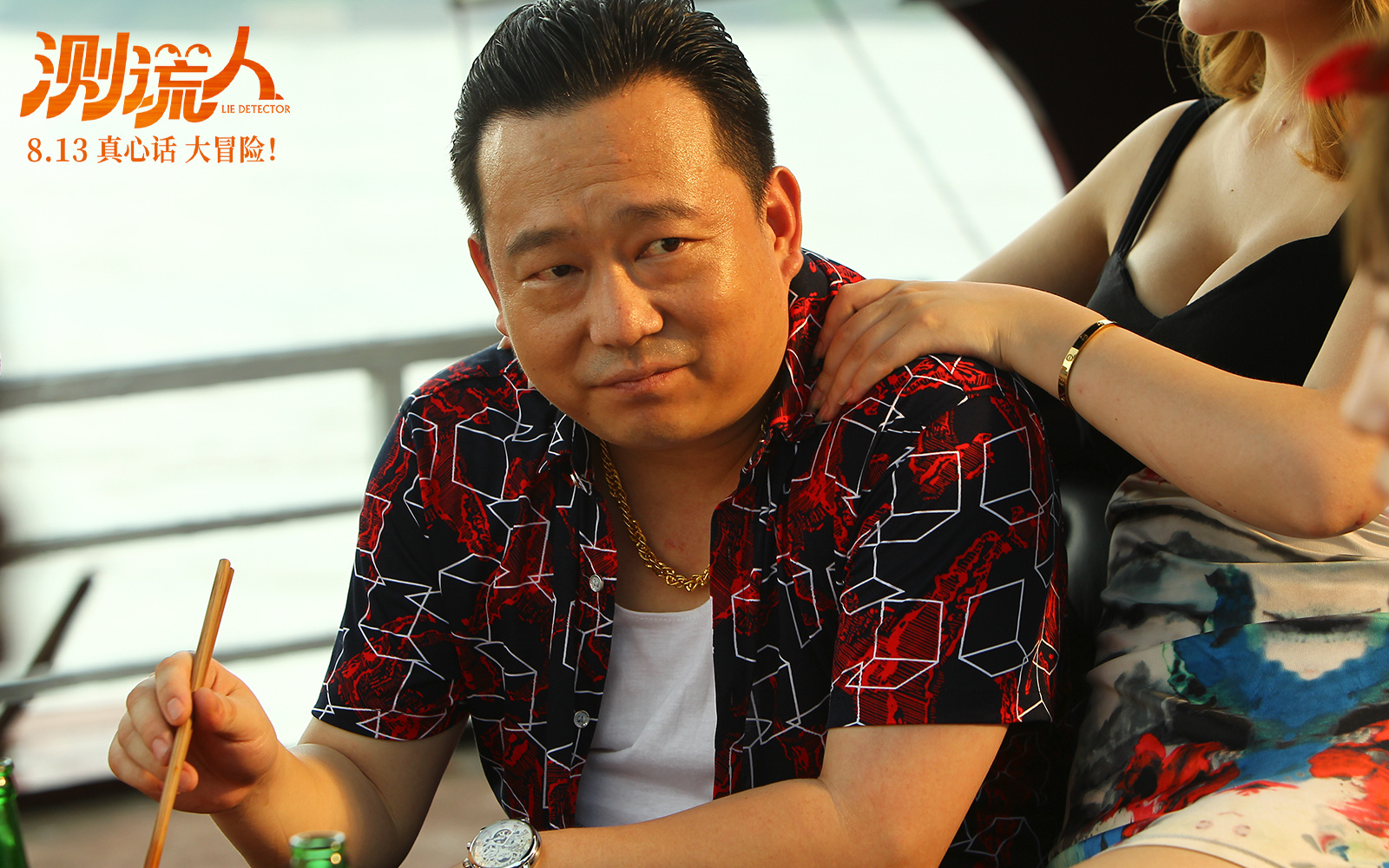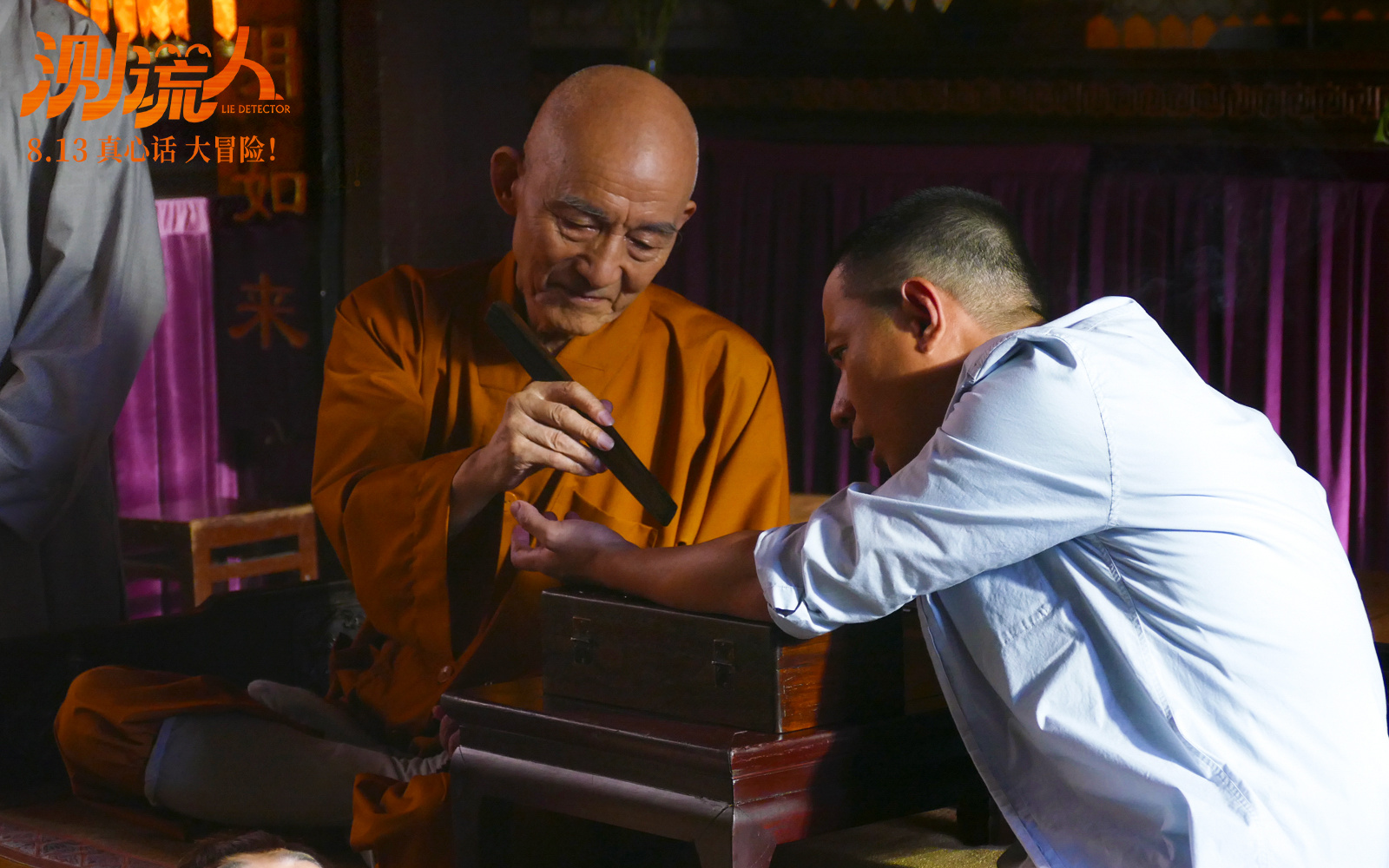The Supreme People’s Court answered a reporter’s question on judicial interpretation of patent law (II)
On March 22nd, the Supreme People’s Court held a press conference to release the Interpretation of the Supreme People’s Court on Several Issues Concerning the Application of Law in the Trial of Patent Infringement Disputes (II) (hereinafter referred to as Interpretation II). The judicial interpretation will be implemented on April 1, 2016. In order to better understand and apply Interpretation II, the person in charge of the Third People’s Court of the Supreme People’s Court accepted an interview with our reporter.
Q: Interpretation II will be officially implemented on April 1st. Could you tell us about the background of drafting this judicial interpretation?
A: In December 2009, the Supreme People’s Court issued the Interpretation on Several Issues Concerning the Application of Law in the Trial of Patent Infringement Disputes. This judicial interpretation has played an important role in protecting the interests of patentees according to law and encouraging scientific and technological innovation. Over the past five years, patent infringement cases have increased steadily, and the legal issues involved have deeply touched the basic system and concept of patents. The technical facts involved have become more cutting-edge and complex, and the market value and interests are even greater. Higher people’s courts in Beijing, Shanghai, Jiangsu and other places respectively issued guidance on the trial of patent infringement disputes. In particular, the Central Committee of the Communist Party of China’s Decision on Several Major Issues of Deepening Reform in an All-round Way clearly proposes to strengthen the application and protection of intellectual property rights, improve the incentive mechanism for technological innovation, and build a national innovation system. The National People’s Congress Standing Committee (NPCSC) has decided to set up intellectual property courts in Beijing, Shanghai and Guangzhou, focusing on cases with strong expertise such as patents. In order to ensure the correct implementation of the patent law, unify and refine the standards of patent infringement judgment, and respond to the new expectations of scientific and technological innovation for patent trial in time, it is necessary to draft the judicial interpretation of patent infringement judgment again.
As early as the end of 2011, the Third People’s Court of the Supreme People’s Court began a special investigation on the criteria for judging patent infringement. At the beginning of 2014, it was included in the the Supreme People’s Court Judicial Interpretation Project. On the basis of soliciting opinions from the public and listening to feedback from relevant departments of the central government, experts and scholars, courts, lawyers, patent agents, enterprises and trade associations, the draft articles were revised for 16 times to form a manuscript, which was discussed by the the Supreme People’s Court Judicial Committee and finally passed the judicial interpretation.
Interpretation II consists of 31 articles, mainly from typical cases published in the Supreme People’s Court Gazette and the summary of patent trial experience in recent years. The main issues involved are: the interpretation of claims, indirect infringement, the defense of standard implementation, the defense of legal sources, the cessation of infringement, the calculation of compensation, and the influence of patent invalidation on infringement litigation. In the overall framework, it is basically arranged according to the scope of patent protection, tort behavior, non-infringement defense, tort liability and procedural matters.
Q: The trial of patent cases is closely related to scientific and technological innovation. What impact will the introduction of Interpretation II have on mass entrepreneurship and innovation?
A: At present, a new round of global scientific and technological revolution and industrial transformation is poised for development, China’s economic development mode is accelerating, the trend of innovation leading development is more obvious, and the basic guarantee function of intellectual property system to stimulate innovation is more prominent. The Fifth Plenary Session of the 18th CPC Central Committee put forward five development concepts of "innovation, coordination, green, openness and sharing", and the first one was "innovation". It also emphasizes that innovation is the first driving force to lead development, and it must be placed at the core of the overall development of the country, so that innovation can run through all the work of the party and the country and become a common practice in the whole society. It can be said that innovation means development, and innovation means the future. This year is the first year of the 13th Five-Year Plan and the decisive stage of building a well-off society in an all-round way. Facing the new situation and new requirements, it is of great significance to give full play to the key role of the patent system in stimulating innovation, promoting scientific and technological progress and economic and social development, focusing on building a fair and transparent legal environment, stimulating innovation power, creating potential and entrepreneurial vitality, and accelerating the implementation of the innovation-driven development strategy.
The drafting of Interpretation II is closely related to the legislative purpose of the Patent Law to encourage invention and creation, promote scientific and technological progress and economic and social development, and based on the practice of patent trial, the following guiding ideology has always been implemented: First, adhere to the problem orientation, strengthen the protection of patent rights, solve outstanding problems such as "long cycle, difficult proof and low compensation" as far as possible, ensure the realization of the interests of patentees, and fundamentally stimulate innovation; Second, adhere to the principle of compromise interpretation, strengthen the publicity and demarcation of claims, enhance the certainty of patent protection scope, provide clear legal expectations for the public, and promote the improvement of patent document writing level; Third, adhere to the principle of balance of interests and clarify the legal boundary between patent rights and other civil rights, which not only protects the legitimate rights and interests of obligees and encourages invention and creation, but also avoids the improper expansion of patent rights, and prevents the space for re-innovation from being compressed and damaging the public interests and the legitimate rights and interests of others.
The promulgation of Interpretation II is an important measure for the Supreme People’s Court to actively create a legal environment conducive to innovation, which enriches and perfects China’s patent legal system, will further curb the infringement of patent rights, further strengthen the guiding role of judicial decisions in scientific and technological innovation, further effectively encourage independent innovation and technological leapfrogging, and provide a strong legal guarantee for mass entrepreneurship and innovation.
Q: What are the targeted provisions in Interpretation II for the problem of "difficult proof and low compensation" in patent protection in China at present?
A: Difficulties in proof and low compensation are two closely related issues. The main reason for the low amount of compensation in infringement cases is the lack of evidence about losses or profits, that is, the difficulty of proof. Because of the concealment of patent infringement, a lot of evidence of infringement is held by the infringer, but it is difficult for the right holder to obtain it. That is to say, there is a big difference between the right holder and the infringer in the difficulty of proving evidence of infringement. Therefore, the fundamental solution to the problem of "difficult proof and low compensation" is not to provide evidence for the obligee or blindly increase the amount of legal compensation, but to formulate a set of proof rules that conform to the characteristics of intellectual property litigation. Article 27 of Interpretation 2 has improved the rules of proof about the amount of compensation in patent infringement litigation to a certain extent. On the basis of referring to the provisions of the second paragraph of Article 63 of the Trademark Law, according to the patentee’s preliminary proof and the infringer’s grasp of relevant evidence, the burden of proof about the infringer’s profit is assigned to the infringer, and this is connected with the order of compensation calculation stipulated in Article 65 of the Patent Law. It should be pointed out that the application of this rule is based on the premise that the obligee initially provides evidence to prove the defendant’s profit, and the account books and materials related to patent infringement are mainly held by the infringer. If the above two conditions are not achieved, it is impossible to infer the evidence obstruction, which leads to "it is difficult to determine the infringement profit". According to Article 65 of the Patent Law, it is further necessary to determine whether the compensation amount can be determined by referring to the patent license fee.
Q: Is the "long period" in patent protection a common problem of "cross between people and banks"? How was Interpretation II solved?
A: As you said, the trial period of patent infringement dispute cases is long, which is mainly caused by the litigation framework of "binary separation between the people’s bank and the people’s bank" stipulated in the current law. When the obligee sues the defendant for infringement of his patent right, the defendant often files a separate request for invalidation of the patent right with the Patent Reexamination Board, and the court hearing the patent infringement dispute case has no right to examine the validity of the patent right, and usually suspends the civil litigation and waits for the result of the administrative litigation of patent authorization and confirmation. However, the procedure of patent authorization and confirmation is too cumbersome, and the situation of circular litigation and idle procedures is more prominent, which is not conducive to the substantive settlement of disputes. In order to improve the trial efficiency of patent infringement litigation, alleviate the negative impact of the long trial period as much as possible, and fully consider the fact that the proportion of administrative litigation for patent authorization and confirmation changes the decision of the Patent Reexamination Board is low, Article 2 of Interpretation 2 designs a system of "arbitration first and prosecution separately", that is, after the Patent Reexamination Board makes a decision to declare the patent invalid, the court hearing the patent infringement dispute case can rule "dismiss the prosecution" without waiting for the final result of the administrative litigation, and pass ". The reason why the lawsuit is dismissed by procedural ruling instead of substantive judgment is mainly to consider that if the invalid decision is overturned by administrative judgment, the obligee can still sue separately.
Because the plaintiff in a patent infringement lawsuit may only be the patent licensee, he usually does not participate in the patent invalidation procedure, so he is not the addressee of the administrative judgment. The general provisions of the General Principles of Civil Law on the limitation of action apply to the calculation of the limitation of action for his separate prosecution, that is, he knows or should know the time when the patent right will be restored to be effective. In order to avoid tedious words, the third paragraph of this article only stipulates the limitation calculation of the patentee’s separate prosecution.
Another example is that after the Patent Reexamination Board has made a decision to declare the patent invalid, the parties concerned apply for retrial to cancel the judgment or conciliation statement of patent infringement made by the people’s court before the patent invalidation. Paragraph 1 of Article 29 of Interpretation 2 stipulates that the people’s court may make a ruling to suspend the retrial review and the execution of the original judgment or conciliation statement, with the aim of reducing the execution reversal caused by the continued execution after the patent is finally invalid, and giving the invalid decision a certain degree of effectiveness against the judgment or conciliation statement. Because the patent invalidation decision has not been reviewed by the judiciary, in order to balance the enforcement interests of the patentee and the infringer and avoid the possible side effects of "suspending the execution of the original judgment and conciliation statement", with reference to the provisions of Article 16 of the Interpretation of the Supreme People’s Court on Several Issues Concerning the Application of Execution Procedures on the objection to execution, the second paragraph of Article 29 of Interpretation 2 stipulates that in the case that the people’s court has ruled to suspend execution, the patentee may request to continue execution after providing guarantee. In this regard, the infringer can ask for suspension of execution through counter-guarantee to check and balance. When the patent right is finally determined whether it is valid or not, the people’s court may enforce the guarantee or counter-guarantee property, so as to avoid the failure of enforcement interests.
Although the above two clauses in Interpretation II have actively explored the improvement of litigation efficiency, they cannot fundamentally solve the problem of long cycle caused by the binary separation of the people’s bank of China and the people’s bank of China due to the restrictions of existing laws and regulations. For example, Article 3 of Interpretation 2 stipulates that the court hearing a patent infringement dispute case can only explain to the parties and tell them to start the patent invalidation procedure if the patent clearly violates the third or fourth paragraph of Article 26 of the Patent Law and should be declared invalid. If the invalid procedure is initiated, the patent infringement lawsuit should generally be suspended. Only if the patent right is not declared invalid within a reasonable period, the people’s court can determine the scope of protection of the patent right according to the records of the claim. It can be seen that the fundamental solution to the problem of "long cycle" that has plagued patent protection for a long time needs to transform the litigation framework of "binary separation of people’s banks and banks" from the legislative level. At present, China is carrying out the fourth revision of the patent law, and we hope that the above problems can be solved in this revision.
Q: Just now, you mentioned that the drafting of Interpretation II carried out the guiding ideology of strengthening the publicity of claims. Can you introduce these provisions in detail?
A: As a yardstick to delimit the boundaries of patent rights, patent claim is the core concept of patent law, and many rules in the patent system revolve around patent claim. The judicial interpretation of patent law issued in 2009 once reflected the orientation of strengthening the publicity of claims, and Interpretation II continued to implement this guiding ideology, aiming at enhancing the certainty of the scope of patent protection and providing clear legal expectations for the public. This is also the need to fully consider the current situation that China’s patent quality is still at a low level as a whole and the implementation of the innovation-driven development strategy.
Articles 5, 10 and 12 of Interpretation 2 are aimed at the pre-order features, the preparation methods in product claims and the emphasized terms in numerical features, respectively, and stipulate that the above features and terms have a limiting effect on the scope of patent protection. Whether the above features and terms are the necessary technical features of a patent is a problem that should be solved in the stage of patent authorization and confirmation, and it is not appropriate for the people’s court hearing patent infringement disputes to discriminate. That is to say, the patent document writer should pay enough attention to the expression of the above features and terms in the patent application stage.
Article 7 of Interpretation II clarifies the interpretation rules of the long-disputed closed composition claims in practice, and also highlights the respect for the publicity of the claims and the maintenance of the public’s trust in the scope of patent protection. Because all previous versions of the Patent Examination Guide have the same provisions for the claim of closed composition, that is, it must not contain other components other than the features described in the claim, unless it is unavoidable constant impurities. Through long-term patent practice, this writing method and interpretation rules have been generally accepted by the industry, and the interpretation rules stipulated in the first paragraph of Article 7 of Interpretation II are consistent with the Patent Examination Guide. The Chinese medicine composition claim stipulated in the second paragraph belongs to the exception of the first paragraph.
It should be pointed out that the written expression itself has certain limitations, and it is difficult for the patent technical scheme to be summarized comprehensively and accurately in the claims. Moreover, the improvement of patent document writing level needs a process, which cannot be achieved overnight. Therefore, while emphasizing the basic orientation of publicity of claims, the interpretation of claims needs to be flexible to avoid "literal theory", so that patents with real technical contributions can be protected compared with those in GAI.
Q: What is the reason for making special provisions on the claim of Chinese medicine composition?
A: The composition in the field of traditional Chinese medicine is fundamentally different from chemical drugs in terms of mode of action, manufacturing technology, physical and chemical parameters, etc. It is not appropriate to simply apply the interpretation rules of Article 7, paragraph 1, of Interpretation II. Moreover, China has a unique advantage in the field of traditional Chinese medicine. It is in line with the actual development of traditional Chinese medicine industry to adopt the rules of claim interpretation different from those of chemical pharmaceutical compositions, which is conducive to protecting innovation in the field of traditional Chinese medicine and promoting the development of the industry. Therefore, in principle, the provisions of the first paragraph do not apply to the interpretation of the claims of Chinese medicinal compositions mainly written by "made of ……………………………………………………………………………………………………………………………………………………………………………………………………………………………………………………………………………………………………………………………………………………………………………………… If there is no substantial impact, it is generally considered that the accused infringing product falls within the scope of patent protection.
Q: Why does Article 25 of Interpretation 2 stipulate that bona fide users can not stop using it?
A: Article 70 of the Patent Law stipulates that users, promised sellers and sellers shall be exempted from liability for compensation when their legitimate source defense is established. The dispute lies in whether bona fide users should stop using it after proving its legal source and paying reasonable consideration. In practice, users of infringing products usually don’t know and shouldn’t know that they are buying infringing products. Because users are at the end of the chain of infringement, they are easy to be found by right holders, so right holders often choose to sue users. Even if the manufacturer, seller and user are all co-defendants, if the user is only exempted from the liability of compensation for losses according to Article 70 of the Patent Law, he shall still bear the tort liability of stopping using. If you don’t stop using it, you have to pay royalties as a substitute for not stopping using it. However, the user has already paid the consideration when purchasing the infringing product. In fact, it is equal to the user paying double the consideration. The survey found that in recent years, the number of related cases with users as defendants has increased significantly, and the above phenomenon is more prominent. In order to clarify the legal boundary between patent rights and other civil rights, according to the principle of balance of interests, Article 25 of Interpretation II excludes bona fide users through a proviso.
During the drafting, there was a view that this article exempted bona fide users from the responsibility of not stopping using it, which was in conflict with Article 70 of the Patent Law. Another view is that, in the original intention of the system, the establishment of the legal source defense system is to combat the source of infringement, and the manufacturer is the main source of infringement. TRIPS agreement also does not require that acts of bona fide use should be prohibited. The user is in good faith subjectively, provides a legal source objectively, and pays a reasonable consideration to the seller when obtaining the infringing product, which should prevent the extension of patent prohibition. Patent right is exclusive, but it does not mean that it can be expanded indefinitely. Patent law is not only the law of the patentee, but also blindly and excessively emphasizes the unilateral interests of the patentee and ignores the legitimate interests of bona fide users, which will occupy the reasonable space of bona fide users and hinder the security of transactions. This is not the original intention of Article 70 of the Patent Law, and it also violates the basic legal spirit of balance of interests. On the basis of soliciting the opinions of the relevant legislative departments, Interpretation II adopted the second opinion.
If the obligee proves to the contrary that the user has not paid the consideration or the consideration is obviously unreasonable, it does not meet the constitutive requirements of exemption from stopping the infringement, and the user should still bear the civil liability for stopping the use, unless the exception of "national interests and public interests" stipulated in Article 26 of Interpretation 2 is met. The term "reasonable consideration" as mentioned in Article 25 of Interpretation 2 refers to the transaction price or transaction conditions that are basically equivalent to or slightly lower than the patented product. If the consideration is obviously lower than the transaction price or conditions of the patented product, it can usually be inferred that the buyer should know that the purchased product is not a patented product.
Q: What is the relationship between the provisions of Article 26 of Interpretation II on stopping the sued behavior without an order and the compulsory patent licensing system stipulated in the Patent Law?
A: Under normal circumstances, the infringer should bear the legal responsibility to stop the infringement. However, if the infringer’s stopping behavior will harm the national interests and public interests, the court may not order him to stop the sued behavior, but pay a reasonable royalty instead, which is a common practice in judicial practice at home and abroad. There is no clear stipulation in the patent law about the way of bearing tort liability, but the way of bearing tort liability stipulated in Article 15 of the Tort Liability Law can be applied separately or in combination. Article 26 of Interpretation II belongs to the determination of the way to bear civil liability in individual cases, which is the proper meaning of the application of tort liability law and other laws. Although the patent law stipulates the compulsory patent licensing system, Article 26 of Interpretation II goes hand in hand with the compulsory patent licensing system. If the compulsory license issued by the administrative organ is taken as the pre-procedure of civil tort litigation, it will lead to the suspension of civil litigation and artificially complicate the relief procedure, which is not conducive to timely settling disputes. It should be pointed out that only under extremely special exceptional circumstances, such as harming national interests and public interests, the court will not order the defendant to stop the act, and stopping the infringement is still the basic way of patent infringement liability.
Q: You just mentioned the temporary protection period of the invention patent. Please tell us about the relevant provisions.
A: The invention patent adopts the system of "early disclosure and delayed examination", so there is a temporary protection period between the date of publication of the patent application and the date of authorization announcement. Because all the infringements stipulated in Article 11 of the Patent Law are after the patent right is granted, the invention implemented during the temporary protection period is not an infringement in nature. However, the controversial issue in practice is whether the products that have been manufactured, sold or imported during the temporary protection period can be sold, promised to be sold or used after the announcement of patent authorization. In this regard, there were two opinions in the drafting: the first opinion is that the products manufactured, sold and imported during the temporary protection period are not infringing products, and the patentee has no right to prohibit the subsequent sales and use of non-infringing products after the authorization announcement date; The second view is that according to Article 11 of the Patent Law, after the patent right is granted, the patentee may prohibit others from carrying out any act without his permission. Using, promising to sell or selling products that have been manufactured, sold or imported during the temporary protection period does not belong to the situation that is not regarded as infringement as stipulated in Article 69 of the Patent Law, so it should be prohibited according to law. If the first opinion is adopted, it may lead to the situation that the actor hoards the products during the temporary protection period and sells them after the authorized announcement. If the second opinion is adopted, it is inconsistent with the nature that the products manufactured during the temporary protection period are not infringing products, and it is too harsh on the defendant. Therefore, Article 18 of Interpretation 2 makes a compromise: if the person who carries out manufacturing, selling or importing during the temporary protection period pays appropriate fees to the obligee in accordance with Article 13 of the Patent Law,Products that have been manufactured, sold or imported during the temporary protection period are not regarded as infringing products, and their subsequent use, sale and promised sale are not infringing acts as stipulated in Article 11 of the Patent Law.
In practice, the obligee may take the manufacturer, the user and the seller as co-defendants when suing, or may only sue the seller. When the seller puts forward the defense that the manufacturer has promised to pay the appropriate fee in writing, the obligee applies to add the manufacturer. In this regard, it should be handled in accordance with the corresponding provisions of the Civil Procedure Law and its judicial interpretation, and Interpretation II is not repeated. The reason why "written commitment" is stipulated is to enhance operability, and to provide a basis for possible charges against manufacturers, sellers and importers.
Q: In recent years, the issue of standard essential patents has attracted much attention at home and abroad. Article 24 of Interpretation 2 covers this issue. Please tell us about it.
A: In patent infringement litigation, the legal problem that the accused infringer claims not to stop implementing the act on the grounds of implementing the standard is typical. Whether the above defense is established depends on the subjective state of the standard implementer, that is, his knowledge of the patent involved in the standard, which is determined by the disclosure of patent information by the standard. Therefore, Article 24 of Interpretation II explores the subjective fault of the parties in the context of patent information disclosure, and then determines whether to order to stop the implementation of standards and bear civil liability, which still belongs to the perspective of patent law and tort liability law, and does not involve the issue of competition law.
In view of the complexity of the issue of standard essential patents, Interpretation II abandons the previous "big and comprehensive" drafting idea, and only clarifies the typical issues that all parties can reach a consensus, and does not involve the controversial issues for the time being. In particular, the Provisions on the Administration of National Standards Involving Patents (Provisional) issued by the National Standardization Administration Committee and China National Intellectual Property Administration in December 2013 improved the patent information disclosure procedure and made it clear that patents involved in national standards should be essential patents. In order to maintain the consistency with the above-mentioned interim provisions, Interpretation II only stipulates the recommended standards and the situation of the patents involved. Issues such as undisclosed patent information, mandatory standards and international standards that are not covered by the above interim provisions will be left to judicial practice to be solved step by step.
Q: Not long ago, the the State Council Legislative Affairs Office asked the public for opinions on the revised draft of the Patent Law. What are the provisions of Interpretation II and this revised draft of the Patent Law?
A: Judicial interpretation comes from trial practice and a large number of vivid cases in courts across the country. It is in this sense that judicial interpretation is the forerunner of legislation. Judicial interpretation of patent law is not only the basis for judges to apply patent cases, but also plays an important role in filling legal loopholes and refining legal standards, which constitutes an organic part of China’s patent legal system. The implementation of judicial interpretation of patent law will further verify and improve relevant legal rules and lay a more solid foundation for the revision of patent law.
For example, the system of indirect patent infringement stipulated in Article 21 of Interpretation II has similar provisions in this revised draft of the Patent Law. In practice, there is no connection between the indirect infringer and the infringer who finally implements the invention and creation, and it does not constitute a joint fault. However, in view of the obvious subjective malice of indirect infringers, and the parts and components they provide are special products for direct infringement, or they actively induce others to commit infringement, they are included in the scope of regulation in Article 9 of the Tort Liability Law. This is the proper meaning of the application of tort liability law, and it is not to give extra protection to the patentee outside the current legal framework, which is in line with the objective reality of strengthening patent protection.
It should be emphasized that indirect infringement should be based on direct infringement, so the provisions are expressed as "implementing" the act of infringing patent rights. However, it does not mean that there must be a referee who finds that the direct infringement is established before the indirect infringement lawsuit is filed. Regarding whether to treat the indirect infringer and the direct infringer as co-defendants, the people’s court may decide whether to treat the direct infringer as a co-defendant according to the specific case, considering that there may be a situation where the direct infringer has been determined by a prior judgment.
In addition to indirect infringement, Interpretation II further enriches the rules for the interpretation of claims and clarifies the reasons for the defense of non-infringement. There are still some problems that have been reflected in the exposure draft, such as the defense of patent conflict application, the purpose of production and operation, etc., and finally they are not included in Interpretation II due to the restrictions of the current patent law, but it does not mean that the views of the exposure draft on some issues are wrong. Some may be reflected in future judicial policies and typical cases, some may need further study, demonstration and unified understanding, and some are deep-seated problems of the patent law itself, which need to be paid special attention to in this or future revision of the patent law.
Q: I noticed that the title of this judicial interpretation is "Interpretation II". What is the relationship between it and the existing judicial interpretation of patent law?
A: In December 2009, the Supreme People’s Court issued the Interpretation on Several Issues Concerning the Application of Law in the Trial of Patent Infringement Disputes. Interpretation II is based on the judicial interpretation of patent law in 2009, which further enriches and refines the criteria for judging patent infringement, so it is expressed as Interpretation II, which also reserves space for future judicial interpretations of patent law, so as to systematize the judicial interpretation of patent infringement. In addition, Article 23 of Interpretation II will absorb (93) with the approval of No.20. However, the two judicial interpretations of the patent law issued in 2001 and 2009 did not conflict with Interpretation II, and there was no problem of substitution by Interpretation II.
Q: What specific measures will the Supreme People’s Court take to implement Interpretation II after its implementation?
A: the Supreme People’s Court will let the front-line judges of patent trials accurately grasp the original intention of drafting Interpretation II and the problems that should be paid attention to in understanding and application through various means such as business meetings of the court system and training courses of the judges’ college. In addition, in order to meet the needs of the majority of patent legal practitioners and the public to understand the original intention of the judicial interpretation provisions of the patent law, the Supreme People’s Court has set up a writing team to publish the book Understanding and Application of Judicial Interpretation of the Patent Law (tentative name) in the second quarter of this year, which will comprehensively sort out the three existing judicial interpretations of the patent law and arrange them according to a brand-new style that is easy to refer to.
The Supreme People’s Court will strengthen the tracking of the implementation of Interpretation II, continuously collect and summarize the problems in the implementation of judicial interpretation, and unify the applicable standards in time to ensure the correct implementation of the patent law.


